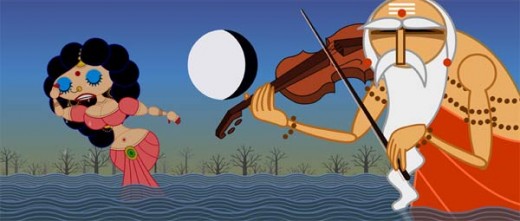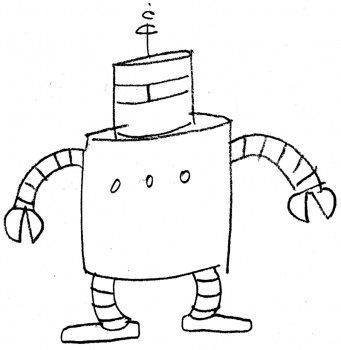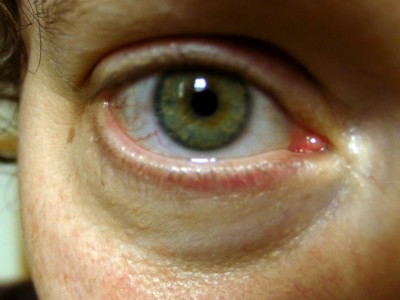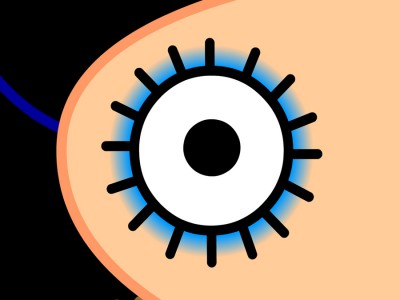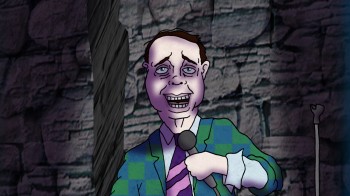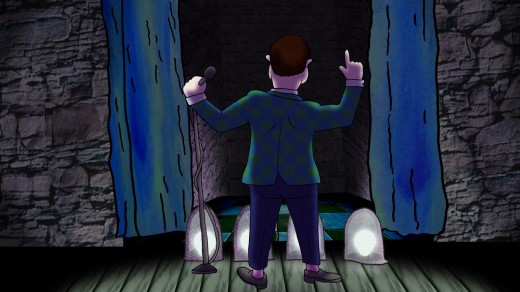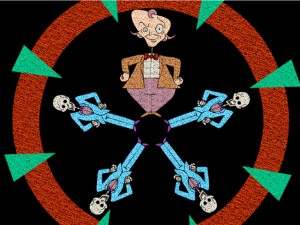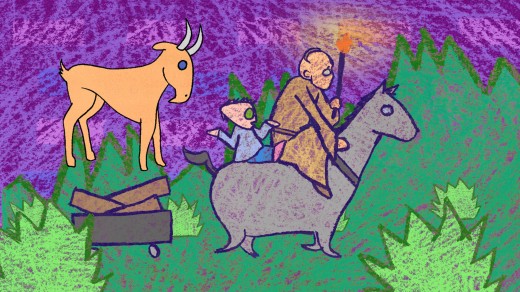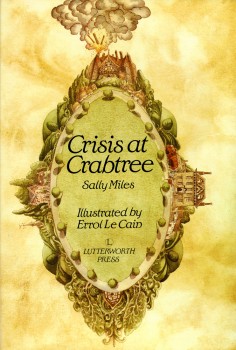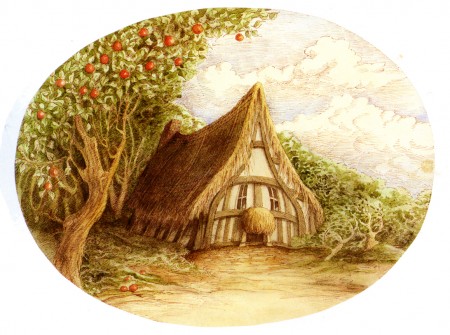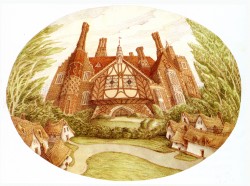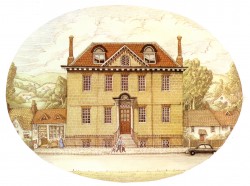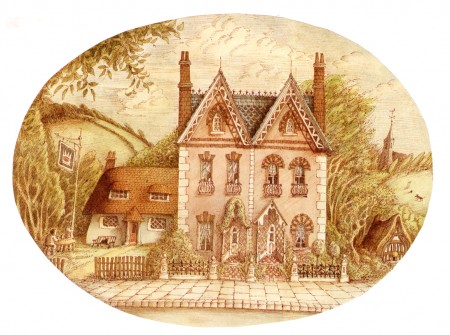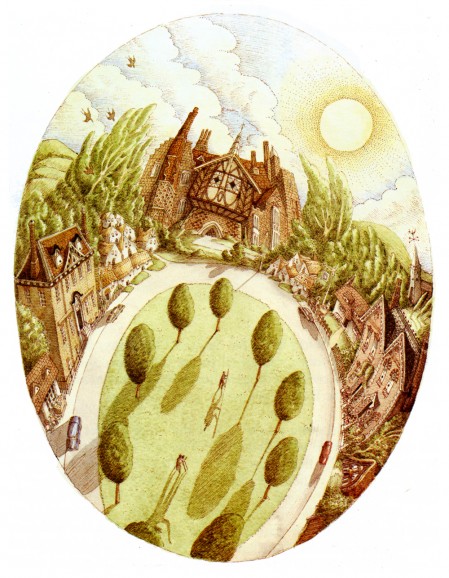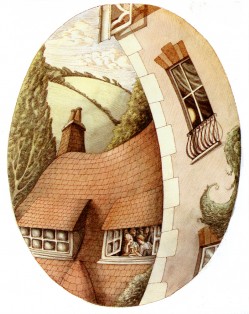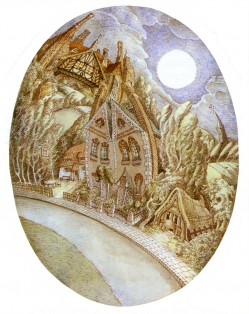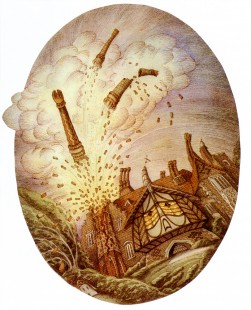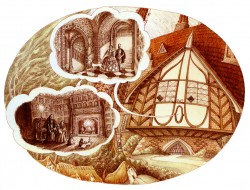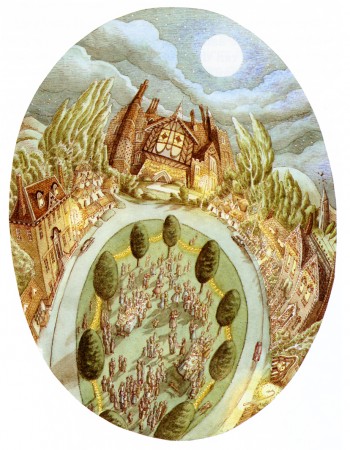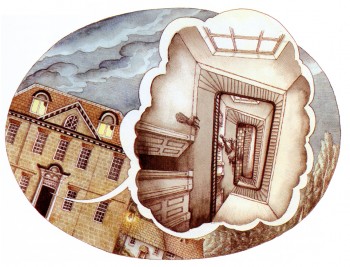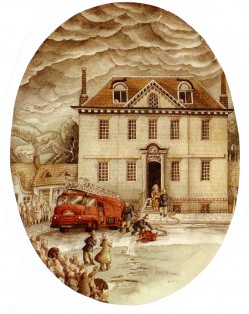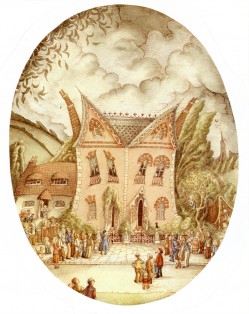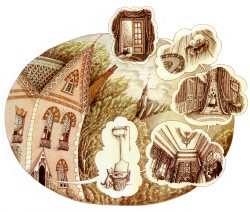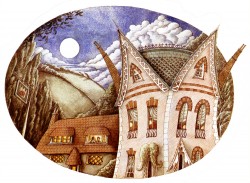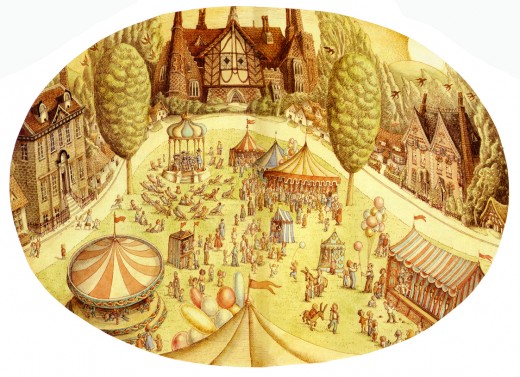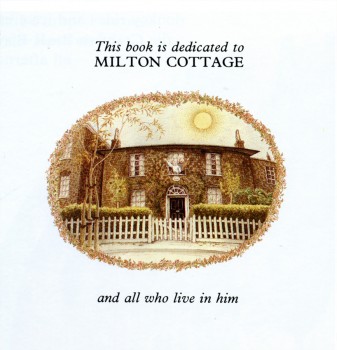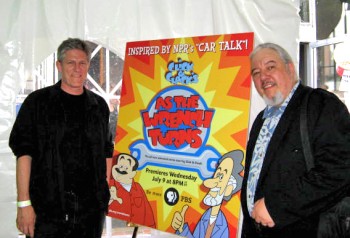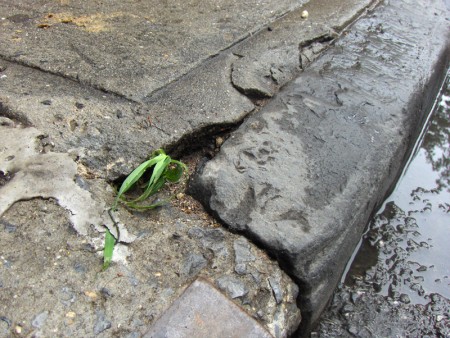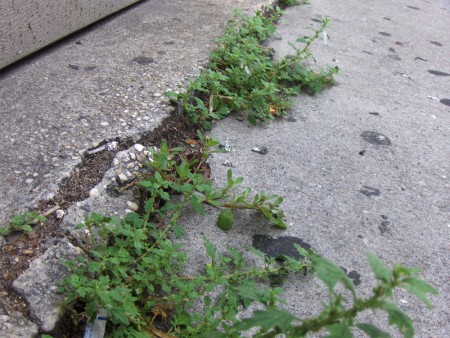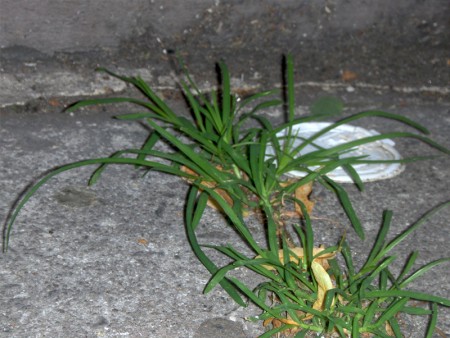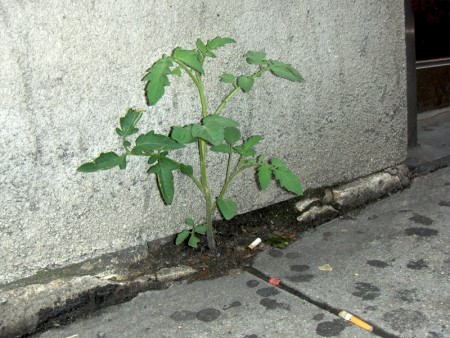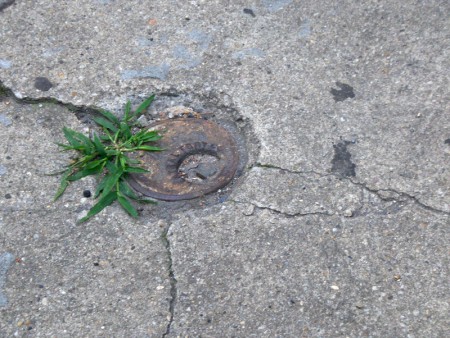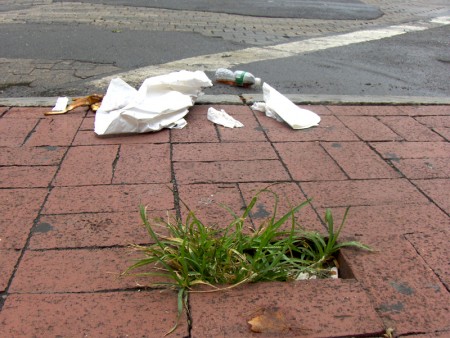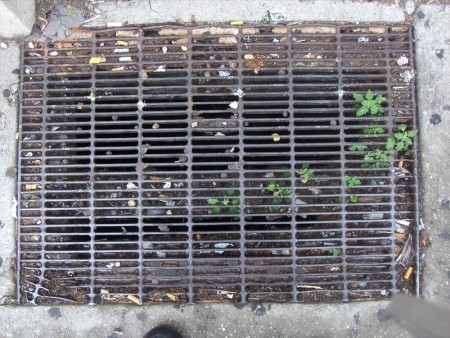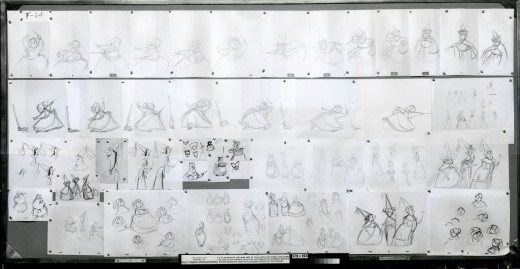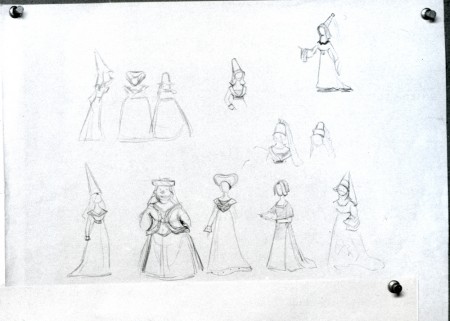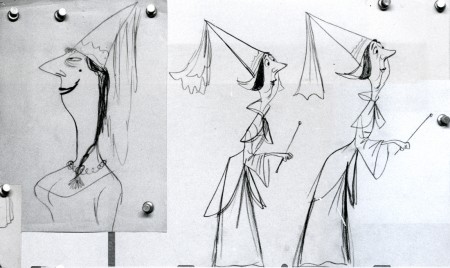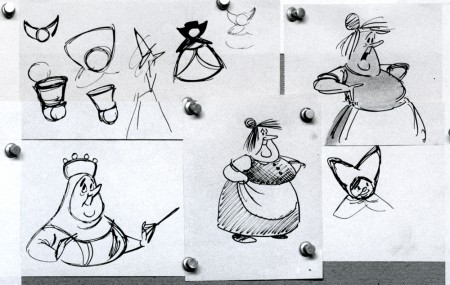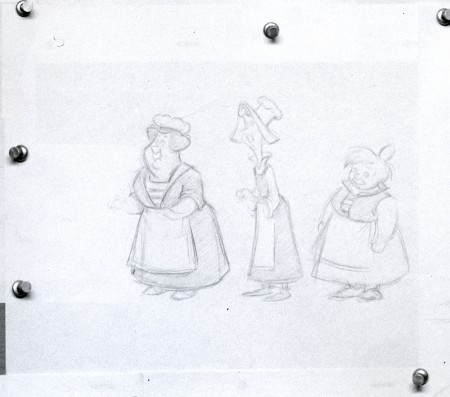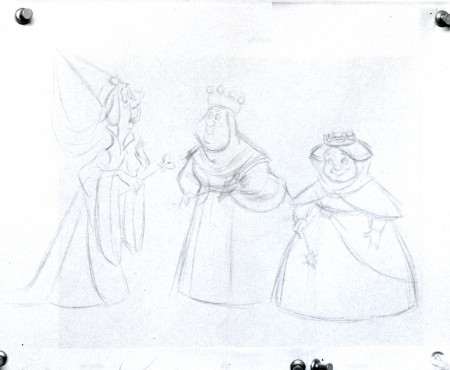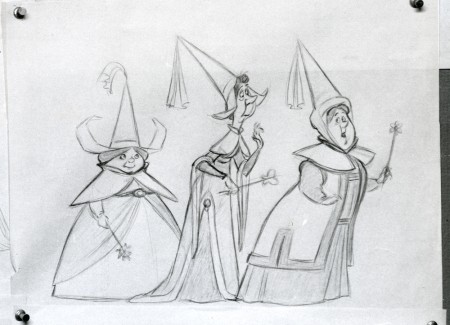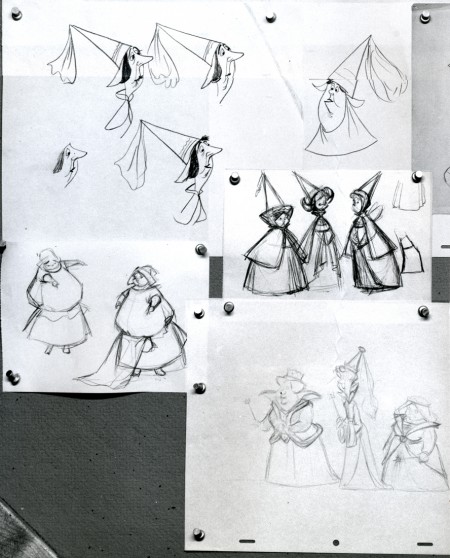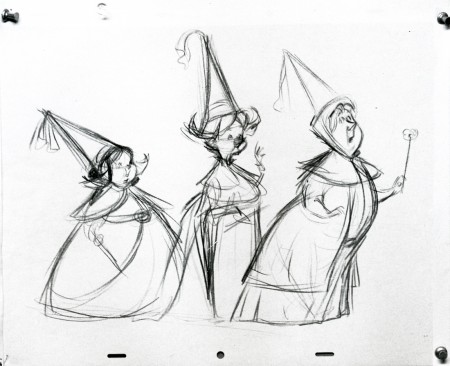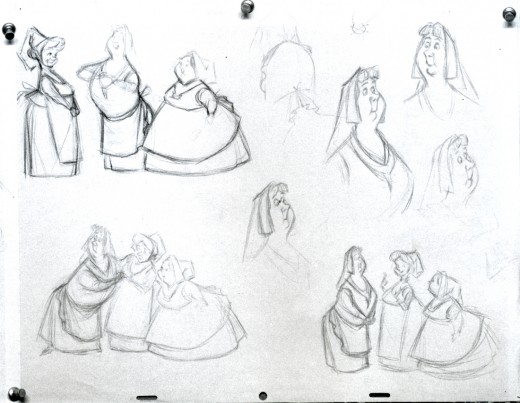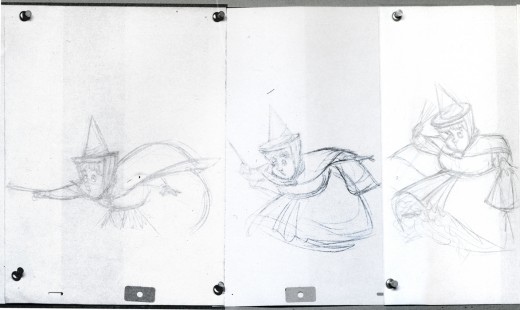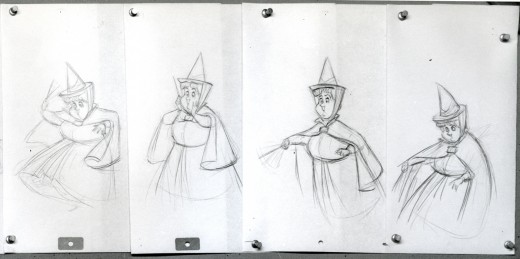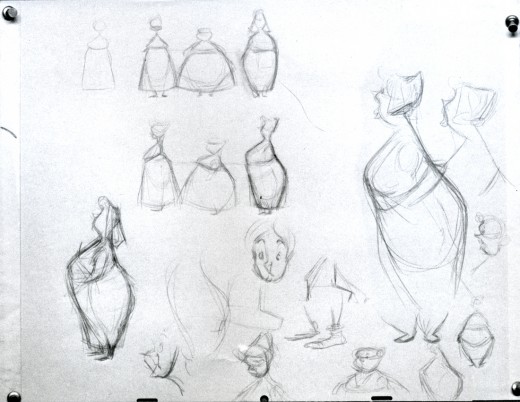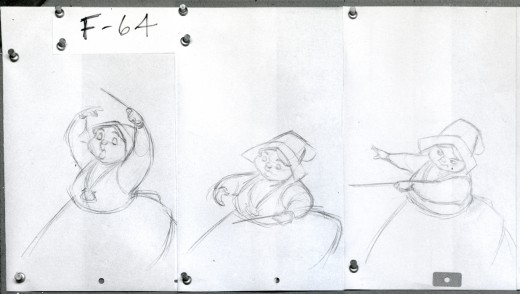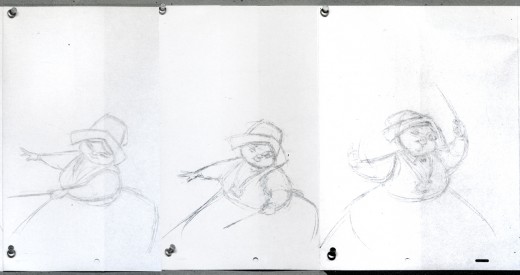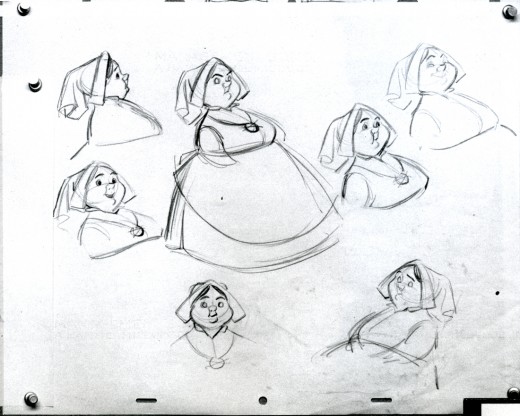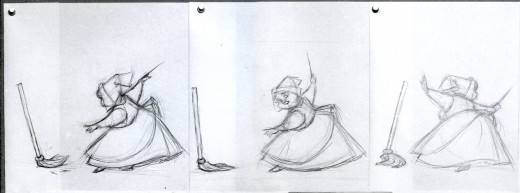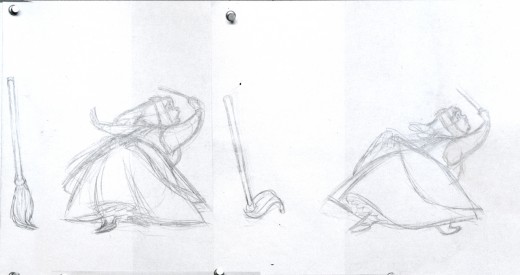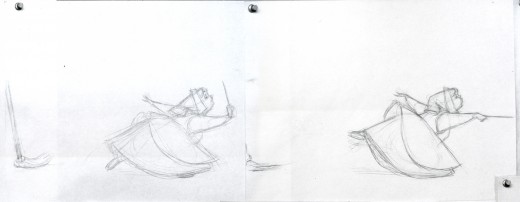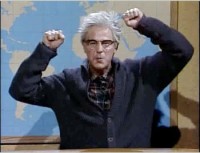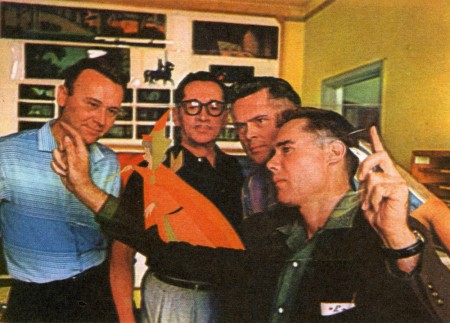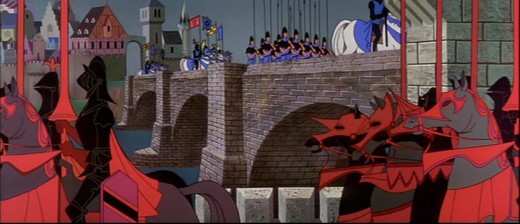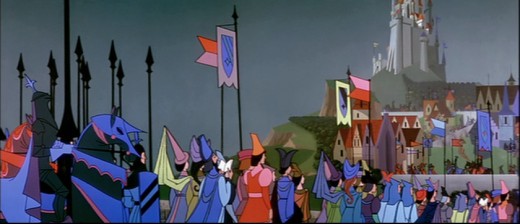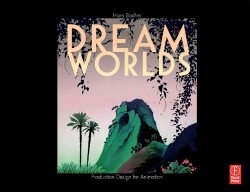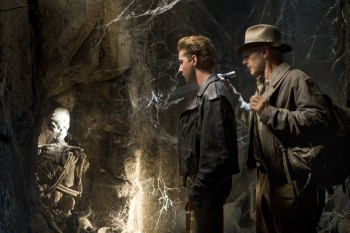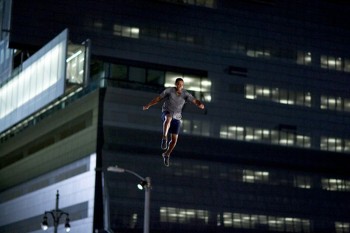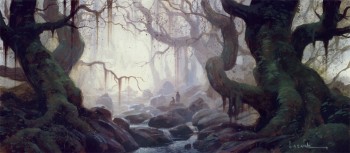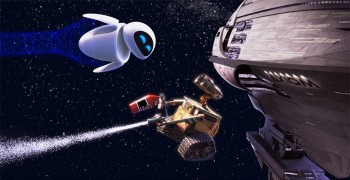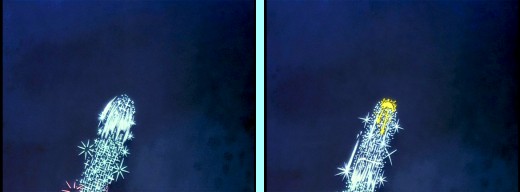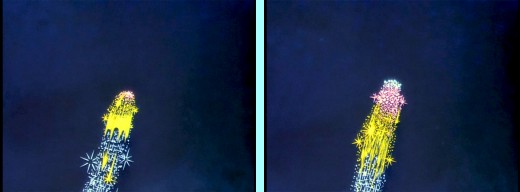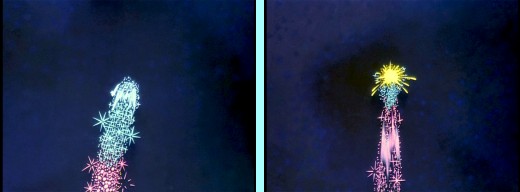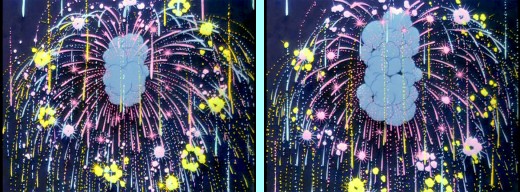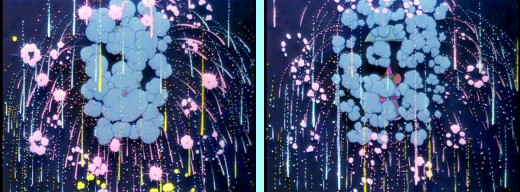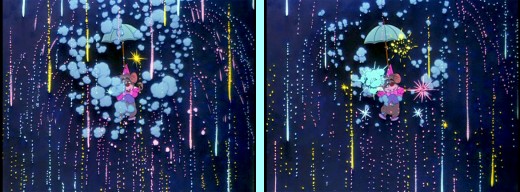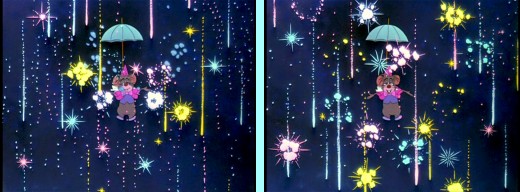Photos 13 Jul 2008 08:14 am
SundayPhotos – Planted Palms
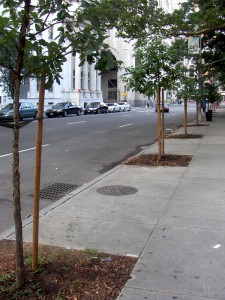 - Last week, I posted a bit about the enduring verve of the green foliage bursting through the cold, hard concrete of New York’s streets. These were accidental growths, weeds that blossomed in the cracks of the ground. This led me to think about the greening of the city, the foliage that was planted for all of us to enjoy. Perhaps not “Palms,” but trees just the same.
- Last week, I posted a bit about the enduring verve of the green foliage bursting through the cold, hard concrete of New York’s streets. These were accidental growths, weeds that blossomed in the cracks of the ground. This led me to think about the greening of the city, the foliage that was planted for all of us to enjoy. Perhaps not “Palms,” but trees just the same.
New York City, throughout all five boroughs, has planted many a tree to line the streets. Actually, the nearer you get to a park area, it seems, the more you’ll see planted trees.
They come in all sizes and shapes and have many varied rooted plantings. To the left, we see what I believe is the most typical type. A square of concrete has been replaced by soil, and the trees are planted to continue growing out of it. These trees, just outside Madison Square Park, are young and recently planted.
A couple of years ago the city was hard hit with a Gypsy Moth infestation that attacked most of the trees. The City had to kill off all the trees that had the pestilence and replant newer trees which were healthy and free of harmful insects.
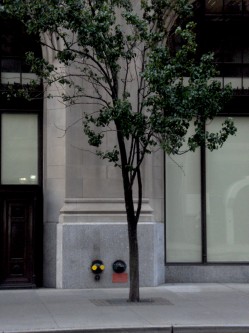
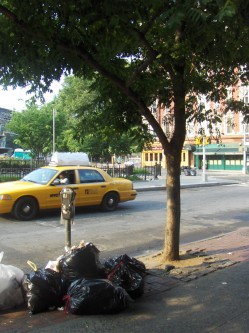
The tree on the left seems to have no above ground space for growth.
The roots lie completely under the concrete.
The tree on the right is very typical. It shares space
with parking meters and garbage waiting pickup.
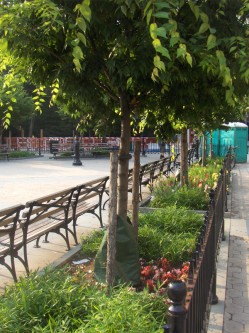
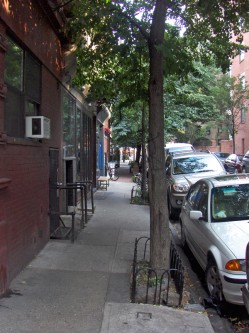
Here, on the left, we see trees that are brand, spanking new.
They’re wrapped at the bottom to protect the bases and to give them
time to adjust to the environment.
The tree on the right has a small fence to protect it from dogs.
These fences are usually placed by Block Associations.
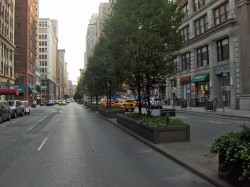
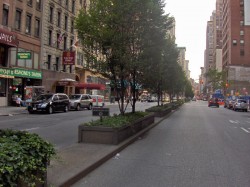
Park Avenue has trees in the centerpiece running all the way up and down town.
It’s interesting to see the Park Dept. truck come through to spray the trees on the go.
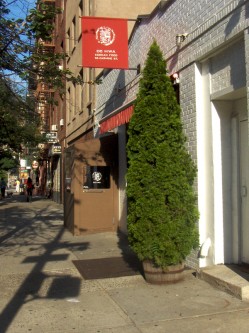

Large numbers of planted trees are potted. These are usually bought and placed by local establishments wanting to decorate the fronts of their stores. Most often these are restaurants, like the Korean Restaurant above left.
The three planted, small trees above right decorate the front of
a local Catholic Portuguese Church.

Here’s a closer look at the attractive flowers planted at the base of these trees.

At one time there were three trees in these three barrels.
I guess they’re having a hard time of it in front of this cafeteria/restaurant.

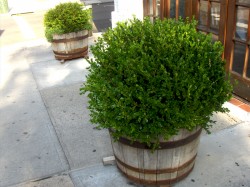
These planters hold smaller shrubs that decorate two different restaurants
a block away from each other.
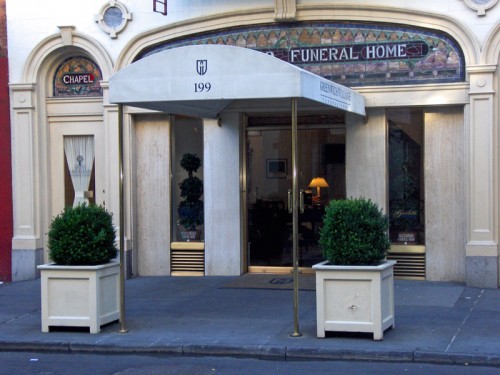
This funeral home has planted a couple of similar type of shrub.

A newer local restaurant offers these specially built boxes full of flowers.
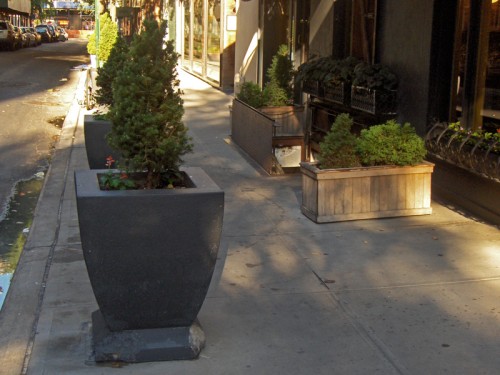
Another, fancier restaurant offers several different types of planter and plant.
There were quite a few plants and tree displayed to soften the city view. It’s something that I generally take for granted. Regardless of whether the City is planting trees or local establishments, I have to admit it makes the world a more pleasant place for me.
